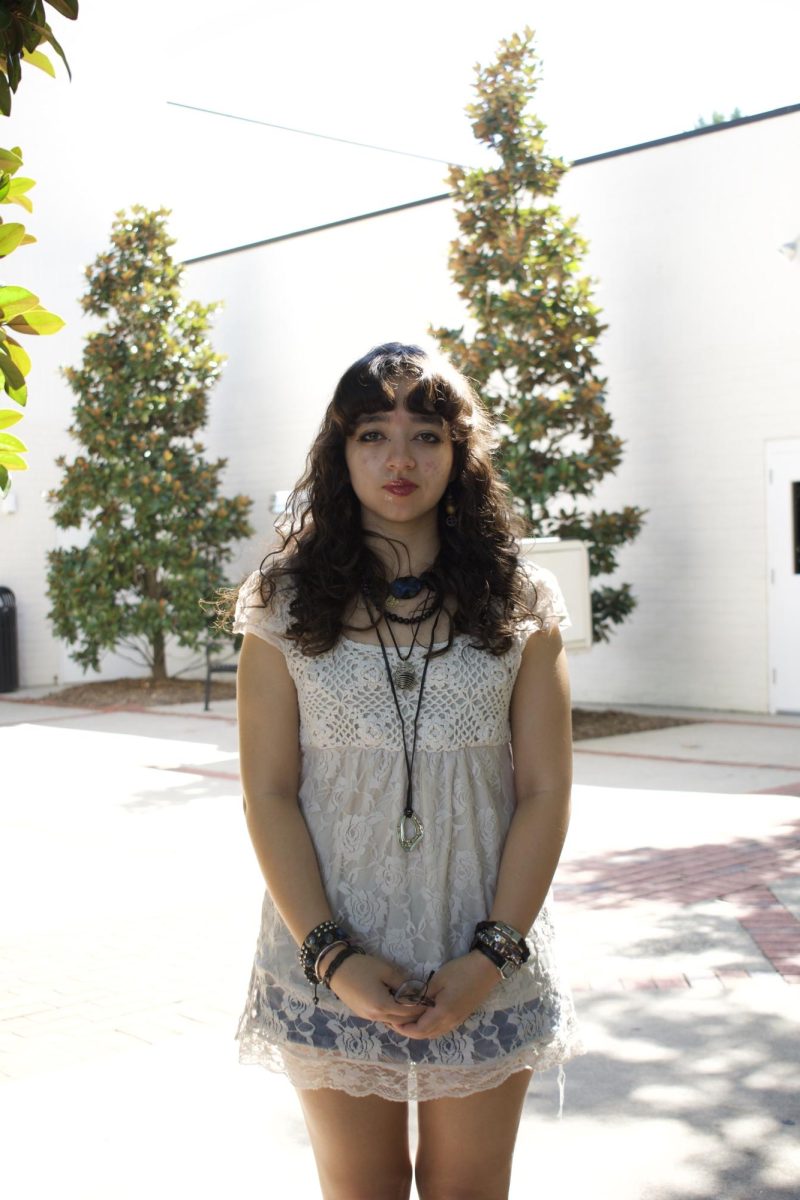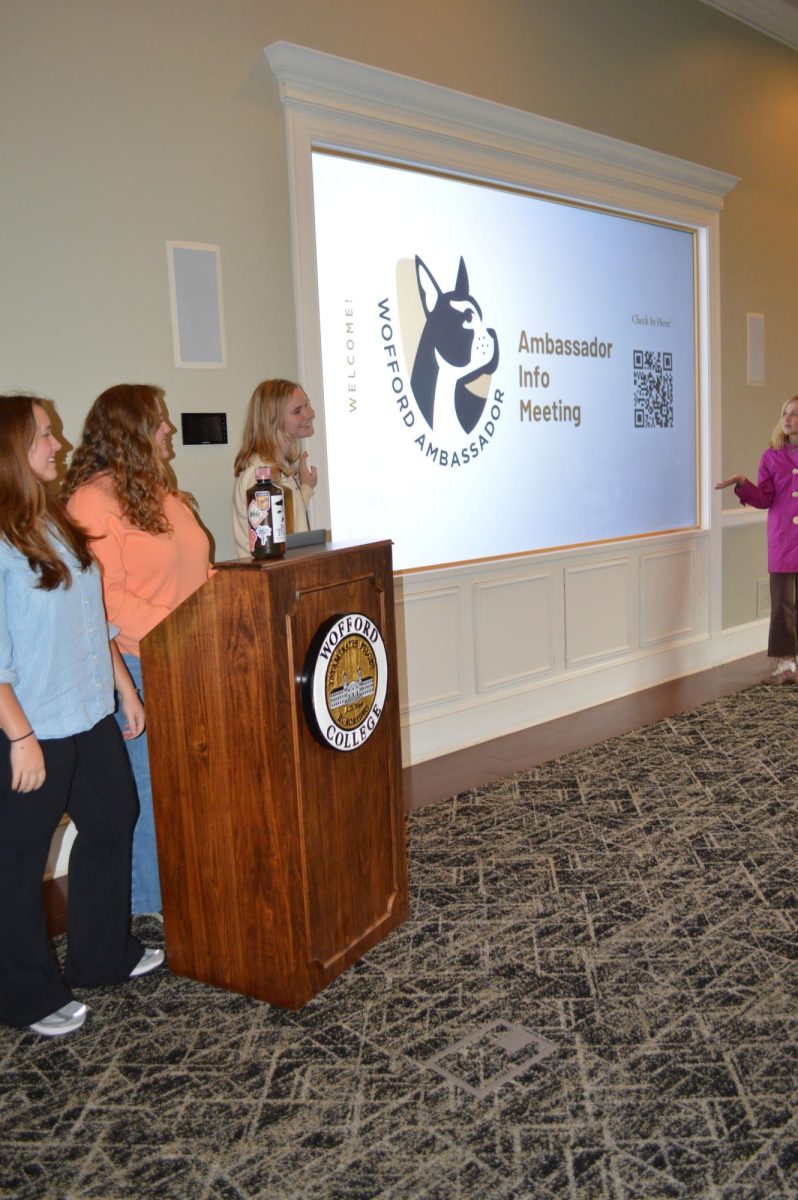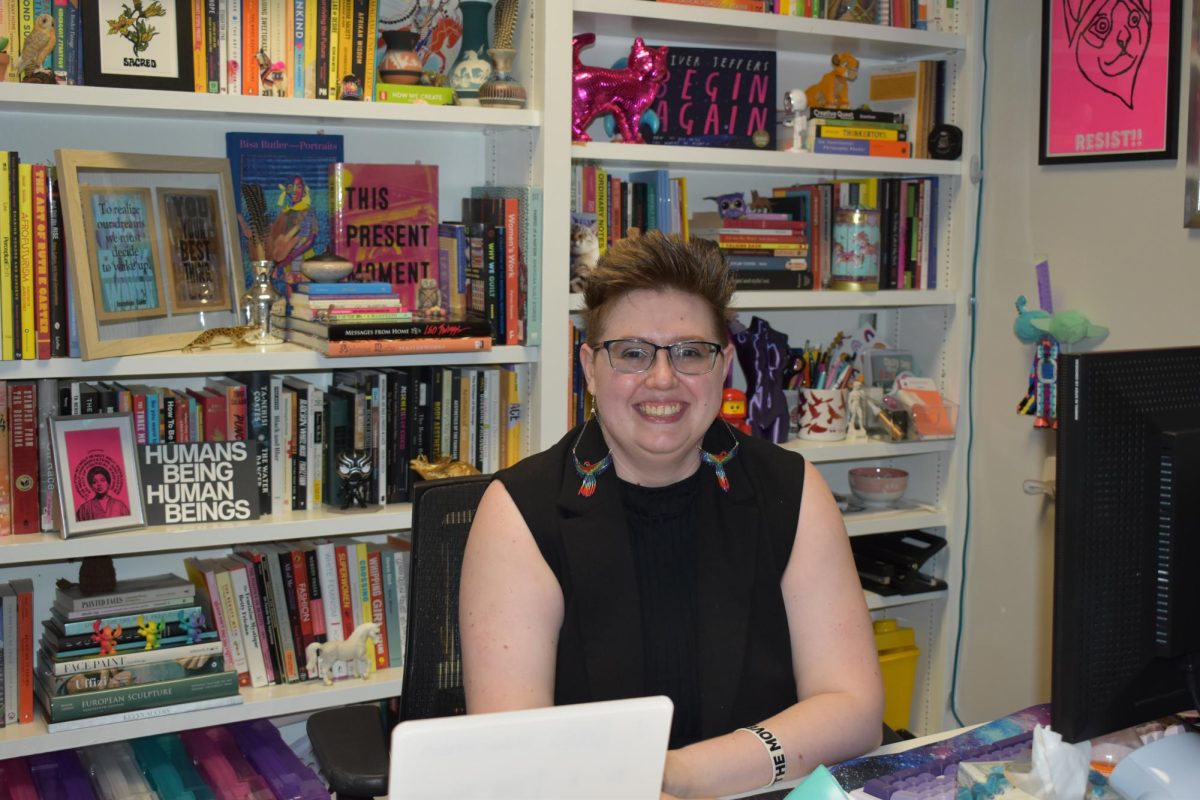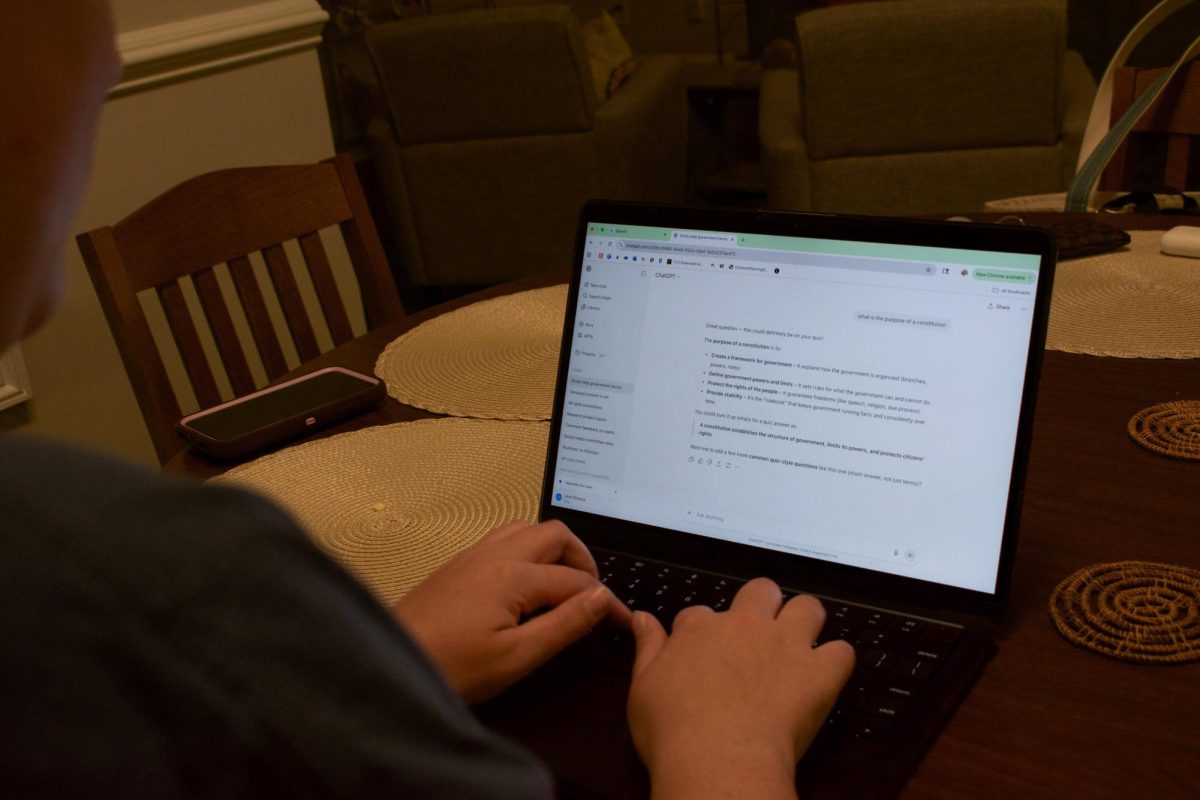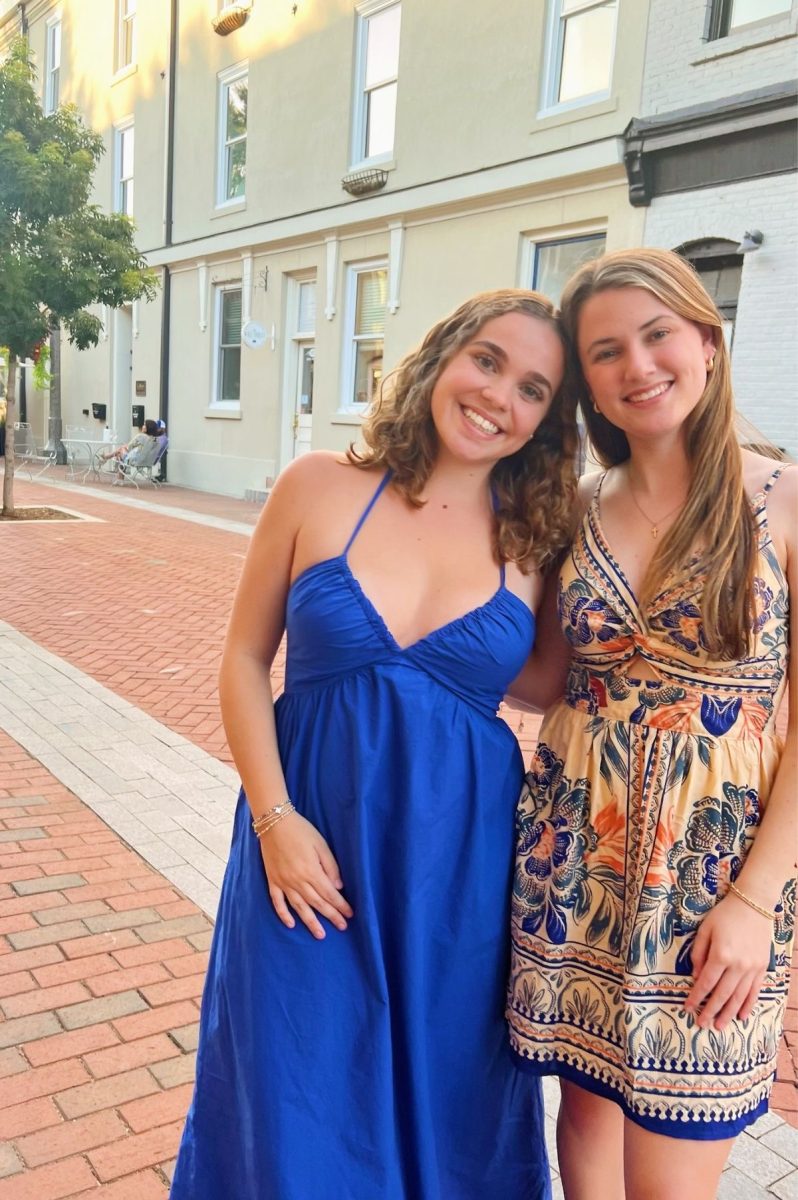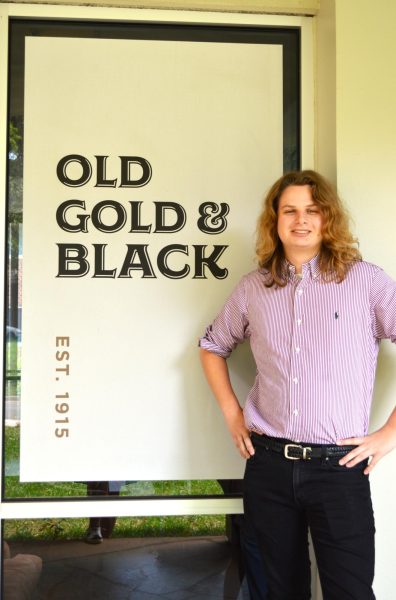Zachary Davis, associate professor of chemistry, has been taking a sabbatical by teaching a half load of courses this year. That doesn’t mean he won’t be busy this summer, though.
Davis has been planning for General Chemistry II, a summer class he is scheduled to teach. He explained why he chose to sign up.
“If I don’t teach, I’m just sitting at home doing nothing,” Davis said. “It’s good to stay connected.”
Currently, 12 students have signed up for his class. There are many reasons why students choose to take summer classes.
“In chemistry especially, (a summer class) allows (students) to have a lab science outside of the normal semester where they may have one or two lab sciences already,” Davis said.
Summer classes are nearly two hours long and meet five days a week, so there is slightly more time spent in these classes than in regular-semester classes. Davis said he enjoys this aspect.
“(It is) a little bit more relaxed from a teaching perspective because I don’t have to rush through things,” Davis said.
Davis may also have a summer research student help him with rearranging the sequence for analytical chemistry, which is his specialty.
“I am looking for a student to help me look at some new labs, or (redesign) some of the current labs to make them a little more applicable to what students might see in the chemical industry,” Davis said.
Ramón Galiñanes is the director of undergraduate research and post-graduate fellowships. Part of his job is to support student-faculty research and allow students to showcase it.
“There’s more than 50 students who’ll be doing research on a number of different projects this summer, which is great,” Galiñanes said.
For his political science Ph.D., Galiñanes conducted field research on the Angolan Civil War by analyzing newspapers from the time.
For his own student faculty-research program this summer, Galiñanes wanted to do something similar by looking at newspapers from the Spanish Civil War..
“We’re going to be looking at how (the idea of) nation and different groups in Spain were represented and discussed,” Galiñanes said.
The newspapers are in Spanish, and Galiñanes’s two student researchers are skilled in the language.
Galiñanes has a deep connection to the war, as his great-grandfather fought and died in the war.
“(In) a regular class, you touch on different topics, but this is a chance to really dive deeper (into) a particular topic and also learn research methods,” Galiñanes said.
Galiñanes hopes to put the Spanish Civil War research on a website. He also plans to have students present the work in the fall.
Philip Dorroll, associate professor of religion, will lead an undergraduate research program that will look at the religious elements of the Russian invasion of Ukraine. The Eastern Orthodox Church is the primary church in Russia and Ukraine.
“(The Russian Orthodox Church) has provided its vocal support for Russian violence and aggression against Ukraine from its own religious Christian theological perspective,” Dorroll said.
The Russian Orthodox Church is a branch of the Eastern Orthodox Church and is closely aligned with Vladimir Putin’s policies, according to Dorroll.
“The fact that Christianity played a role in motivating Russia to do this, or at least justifying it, is a serious question to analyze,” Dorroll said. “I want to produce a website that can bring all the scholarship on that question and put it forward for people.”
Dorroll also has a summer class. He will teach Introduction to Islam, which is a course he has taught in the regular academic year for almost a decade.
Despite being involved with a summer class and undergraduate research, Dorroll is undaunted by his upcoming schedule.
“There will be times where I have to balance those workloads, but that’s actually not unlike my normal (schedule), which is teaching and then also some research,” Dorroll said.



